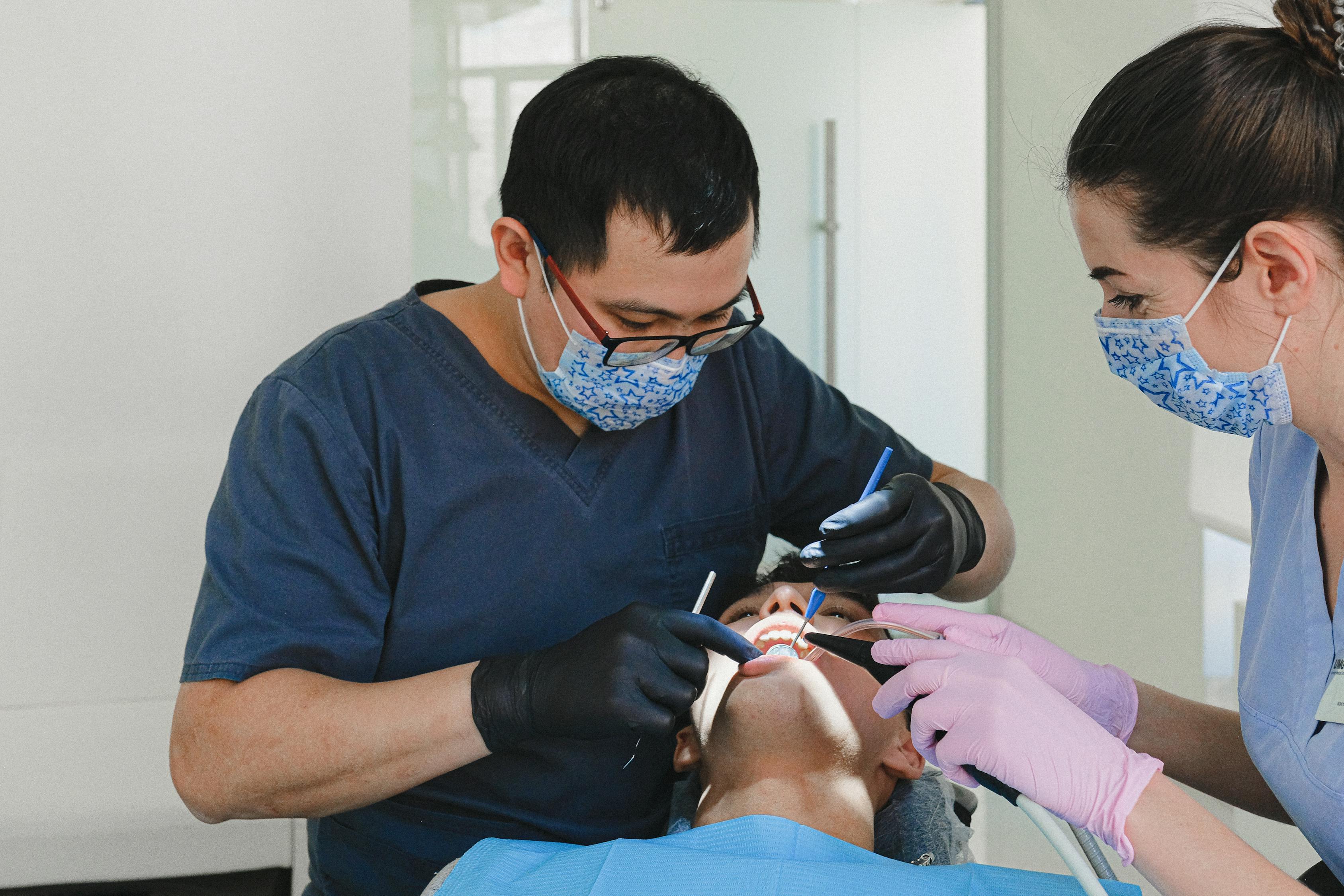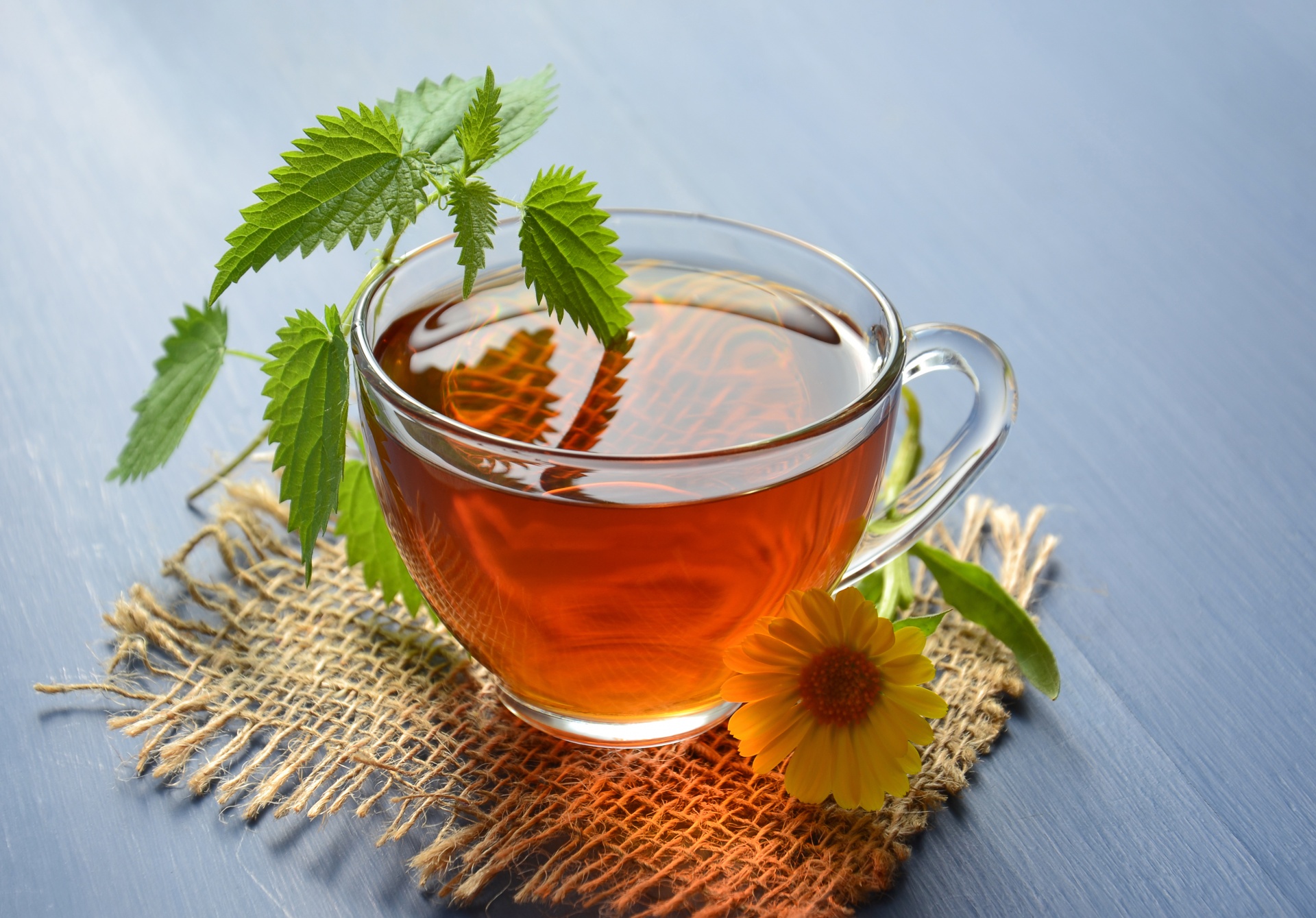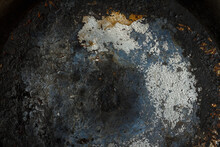How To Clean Lion’s Mane
Lion’s Mane (Hericium erinaceus) is a unique and fascinating mushroom known for its distinctive appearance and potential health benefits. As its name suggests, this mushroom resembles the mane of a lion, with long, flowing white tendrils. While Lion’s Mane is commonly used in culinary dishes and as a dietary supplement, it is essential to know how to properly clean and prepare this mushroom to ensure its optimal flavor and safety. In this article, we will explore the step-by-step process of cleaning Lion’s Mane, along with some valuable insights and tips.
Why Cleaning Lion’s Mane is Important
Before delving into the cleaning process, it is crucial to understand why cleaning Lion’s Mane is essential. Like any other mushroom, Lion’s Mane can harbor dirt, debris, and potentially harmful bacteria. Cleaning the mushroom not only removes these impurities but also enhances its flavor and texture. Proper cleaning ensures that you can fully enjoy the unique taste and health benefits of this remarkable mushroom.
Step-by-Step Guide to Cleaning Lion’s Mane
Follow these simple steps to clean Lion’s Mane effectively:
Step 1: Inspect the Mushroom
Before cleaning, carefully examine the Lion’s Mane mushroom for any signs of spoilage or decay. Look for discoloration, sliminess, or an unpleasant odor. If you notice any of these signs, it is best to discard the mushroom, as it may be unsafe to consume.
Step 2: Gently Remove Debris
Using a soft brush or a damp cloth, gently remove any visible debris or dirt from the surface of the mushroom. Be careful not to apply too much pressure, as Lion’s Mane is delicate and can easily break apart.
Step 3: Rinse with Cold Water
Place the Lion’s Mane mushroom under cold running water and rinse it thoroughly. This step helps remove any remaining dirt or debris that may be trapped within the mushroom’s crevices. Ensure that the water pressure is not too high, as it may damage the delicate structure of the mushroom.
Step 4: Pat Dry
After rinsing, gently pat the Lion’s Mane mushroom dry using a clean kitchen towel or paper towels. Avoid rubbing the mushroom vigorously, as it may cause the delicate tendrils to break apart.
Step 5: Trim the Base
Using a sharp knife, carefully trim the base of the Lion’s Mane mushroom. This step helps remove any tough or woody parts that may not be suitable for consumption. Ensure that you only remove a small portion of the base, as the majority of the mushroom is edible.
Step 6: Slice or Tear as Desired
Once the Lion’s Mane mushroom is cleaned and trimmed, you can slice or tear it into smaller pieces according to your recipe or preference. Remember to handle the mushroom gently to avoid damaging its delicate structure.
Tips for Cleaning Lion’s Mane
Here are some additional tips to ensure a successful cleaning process:
- Use a soft brush or a damp cloth to clean the mushroom gently.
- Do not soak Lion’s Mane in water, as it can absorb excess moisture and become mushy.
- Always use cold water for rinsing, as hot water can cause the mushroom to lose its texture and flavor.
- Store Lion’s Mane in a paper bag or a breathable container in the refrigerator to maintain its freshness.
- Consume the cleaned Lion’s Mane within a few days for the best flavor and quality.
Frequently Asked Questions (FAQ)
1. Can I eat Lion’s Mane raw?
While Lion’s Mane can be consumed raw, it is generally recommended to cook it before eating. Cooking helps enhance the flavor and texture of the mushroom, making it more enjoyable to eat.
2. How long does Lion’s Mane stay fresh after cleaning?
After cleaning, Lion’s Mane can stay fresh for up to five days when stored properly in the refrigerator. However, it is best to consume it within a few days for optimal flavor and quality.
3. Can I freeze Lion’s Mane?
Yes, you can freeze Lion’s Mane to extend its shelf life. Clean and slice the mushroom before freezing it in an airtight container or freezer bag. Frozen Lion’s Mane can be stored for several months.
4. Are there any potential health benefits of Lion’s Mane?
Lion’s Mane is believed to have various potential health benefits. It is rich in antioxidants, may support brain health, and could have anti-inflammatory properties. However, more research is needed to fully understand its effects on human health.
5. Can I use a mushroom brush to clean Lion’s Mane?
Yes, a mushroom brush can be used to clean Lion’s Mane. Gently brush the mushroom’s surface to remove any dirt or debris. Alternatively, a damp cloth can also be used for cleaning.
6. Can I use Lion’s Mane in vegetarian or vegan dishes?
Yes, Lion’s Mane is an excellent ingredient for vegetarian and vegan dishes. Its unique texture and flavor make it a popular meat substitute in various recipes, including stir-fries, soups, and even vegan “pulled pork” sandwiches.
Summary
Cleaning Lion’s Mane is a simple yet crucial step to ensure its optimal flavor, safety, and enjoyment. By following the step-by-step guide and tips provided in this article, you can clean Lion’s Mane effectively and incorporate it into your culinary creations with confidence. Remember to inspect the mushroom, remove debris, rinse with cold water, pat dry, trim the base, and slice or tear as desired. Additionally, consider the FAQ section for answers to common questions about Lion’s Mane. Now, armed with this knowledge, you can embark on your culinary adventures with Lion’s Mane and savor its unique taste and potential health benefits.





